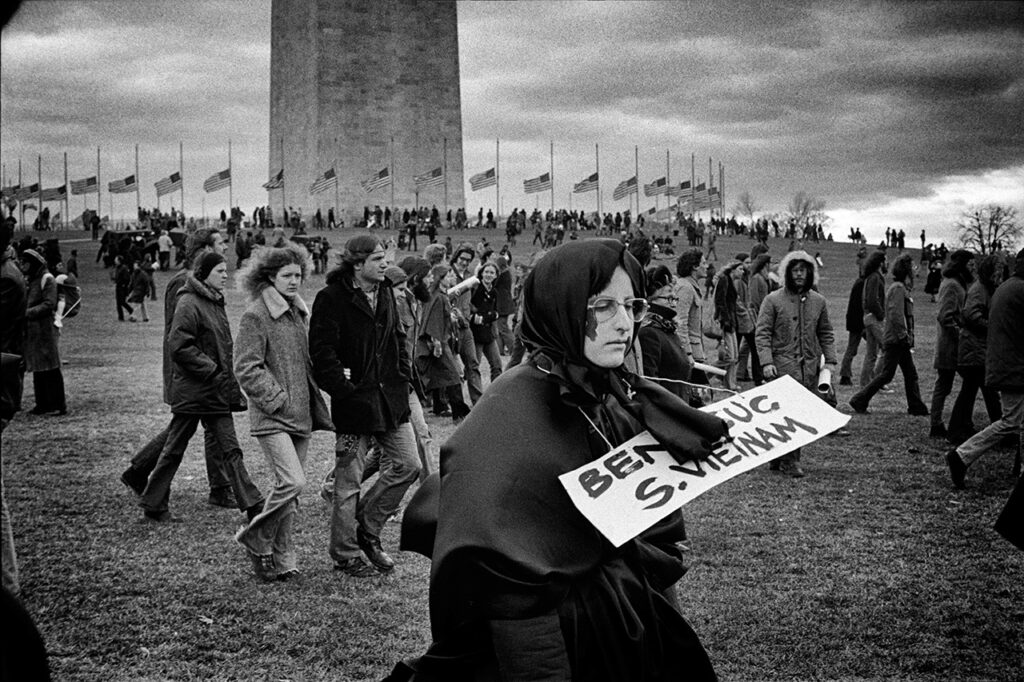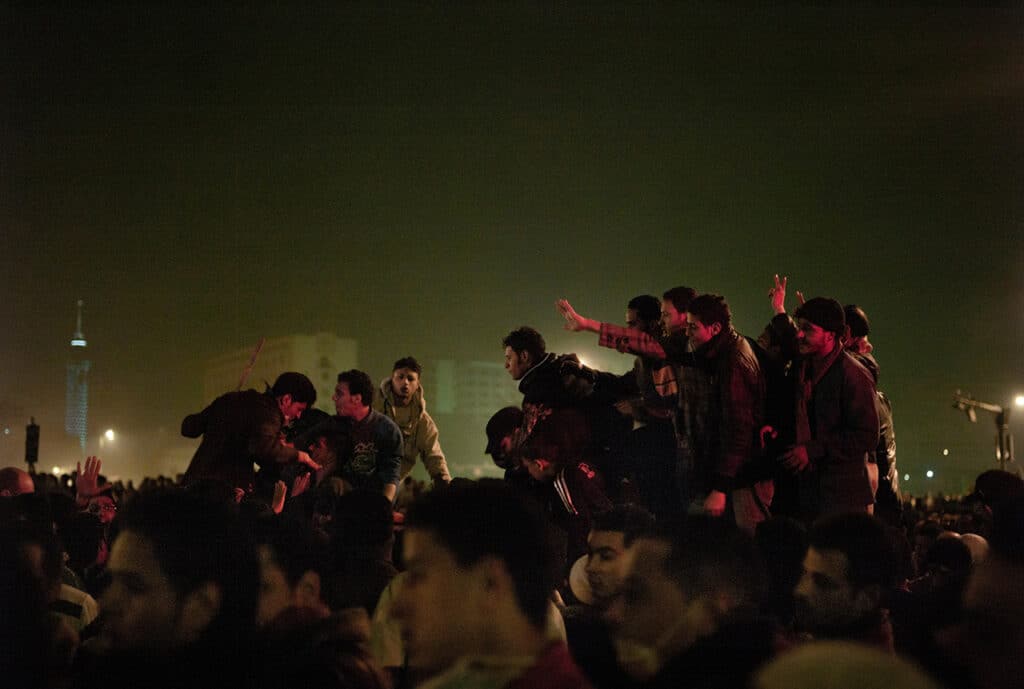“They were only a few / They suddenly became a crowd” — this verse by French poet Paul Éluard opens the book like a flash of lightning. And light, fittingly, is at the heart of this photographic manifesto centered on the theme of protest, born from the collaboration between Amnesty International and the MYOP agency. A work of fire and gazes, a visual and political cry, where image becomes language and the crowd, a living subject.
The book gathers photographs spanning decades of struggles, cries, marches, bodies standing up to power. From Maidan Square in Kyiv to the streets of Paris filled with protests against pension reforms, from the Arab Spring to the Black Lives Matter wave, the images weave a borderless narrative — that of a humanity standing tall. MYOP photographers have captured the anger, joy, and beauty of rebellious faces through time. The photos are either in black and white or blazing with color. Frozen moments seized in the turmoil. They are, in the words of Salomé Saqué, “fragments of anger, hope, and determination.” Each image seems to answer a fundamental question: What drives a human being to rise, to march, to risk their life? Perhaps it’s this belief, implicitly expressed throughout the book, that “to protest is to feel alive. To protest is to commit oneself.”

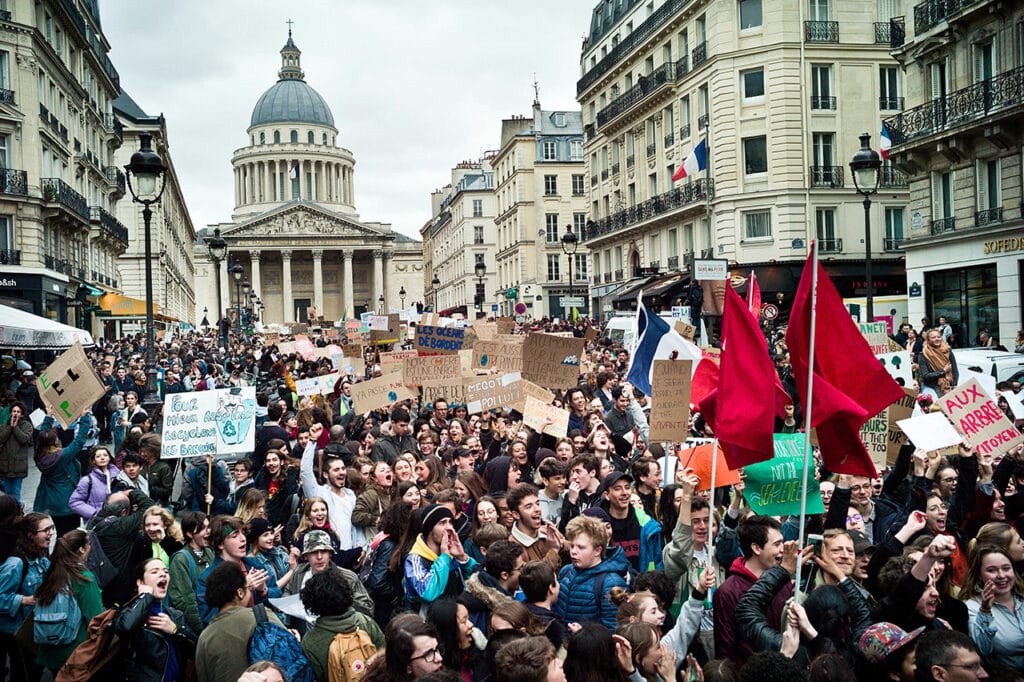
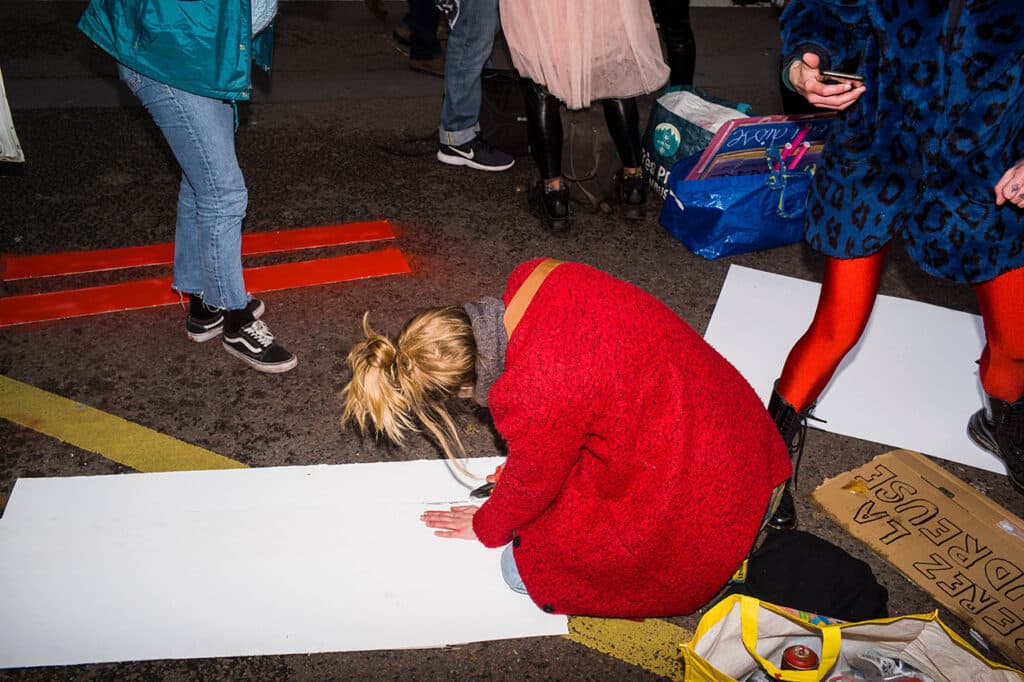
Saqué’s preface blends a personal story of her beginnings as a journalist with a passionate reflection on the forces behind collective uprisings. She recounts her own journalistic awakening, the desire to bear witness to that “raw energy that flows between tightly packed bodies.” She reflects on the beautiful mystery: “What triggers the shift from ‘I’ to ‘we’? That strange alchemy where solitude suddenly melds into a common force capable of shaking the established order?” The book doesn’t provide a definitive answer. It simply shows the faces of those who embody it.
Structured around totemic words — “Anger,” “Union,” “Courage,” “Hope,” and finally “Protest!” — the book takes shape through photographs, like that of a young woman holding a sign saying “STOP WAR” in support of Ukraine. A poetry of the real — sometimes harsh, but always vibrant.
The photographers of the MYOP agency — Alain Keler, Olivier Laban-Mattei, Laurence Geai, Guillaume Binet, Chloé Sharrock, and many others — captured from protests those moments of grace where truth bursts forth: a silent cry, a lifted gaze, a gesture. “The people who protest feel just as much that they belong there — to make demands — as the photographers feel they belong there — to document,” reads the foreword. This is the resonance the images make palpable. For the photographers are far from mere witnesses; they become carriers of memory, bearers of fervor. “This work sometimes helps protect those who, against all odds, believe the crowd can change the course of history.”
Alaa El Aswany, a writer actively involved in the Arab Spring and the Tahrir Square movement, offers personal accounts from the ground. He speaks of bullets, fallen bodies, burned eyes, and the Egyptian youth moving forward, knowing they might not survive. He sums up the raw truth of such commitments: “The most important lesson is that no one will gift us our rights — simply because rights are not granted; they are seized and won.”

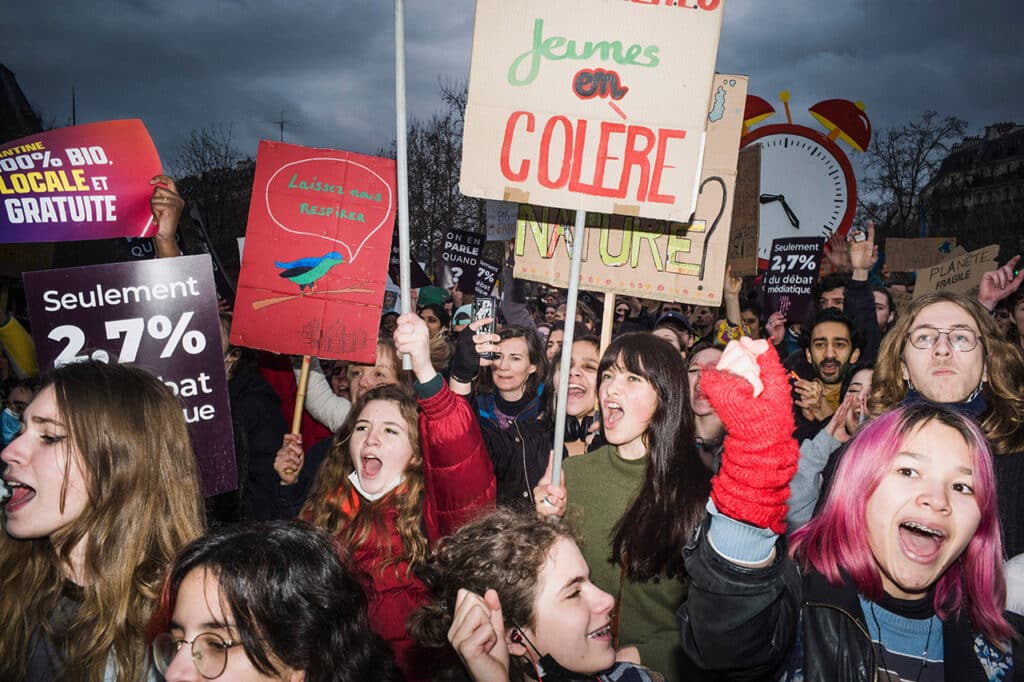
The book Ils furent foule soudain (They Suddenly Became a Crowd) is a powerful work in a time of democratic backsliding. Amnesty denounces “the criminalization of protesters” and the “illegal use of force.” But it’s precisely because this right is powerful that it is repressed. As protesting becomes increasingly difficult, this manifesto stands as an act of resistance. A book to remind us that “to protest is a precious right,” and above all, an act of presence in the world.
« Ils furent foule soudain » (They Suddenly Became a Crowd). Exhibition at the Académie du Climat in Paris from March 14 to May 11, 2025, and book published by Hoëbeke, in partnership with Amnesty International. Printed book available for 25.00 €.


